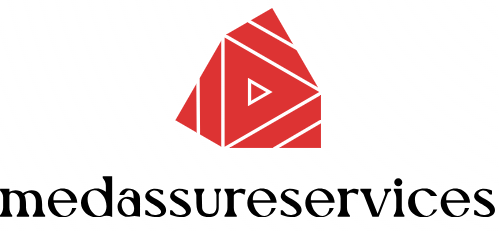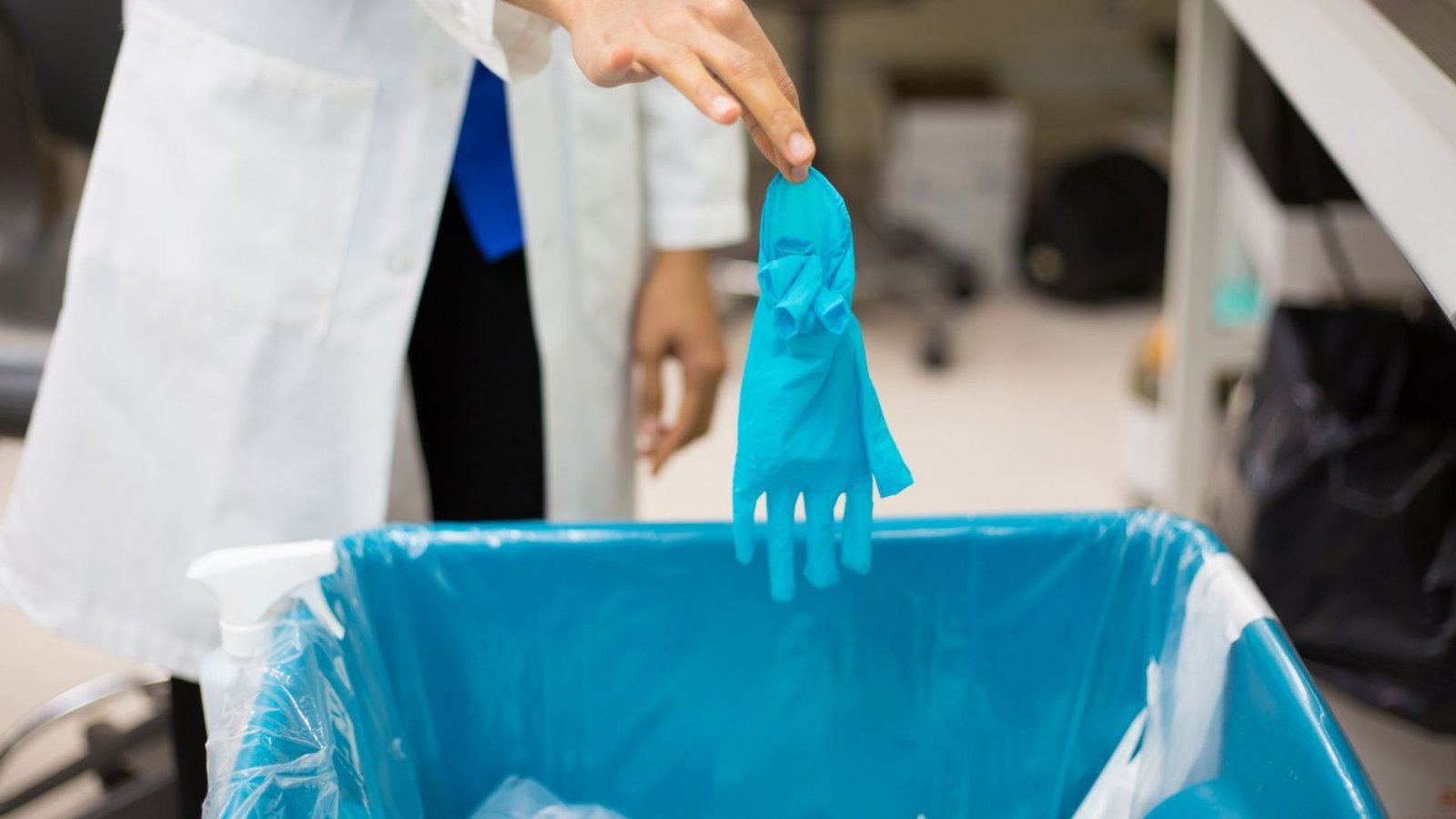Proper training in medical waste handling is essential for maintaining a safe and compliant healthcare environment. Staff who are well-trained can reduce risks, improve waste management efficiency, and ensure compliance with regulations. In this article, we’ll explore how to train staff in medical waste handling, highlighting essential steps and best practices to ensure safety and compliance.

Why Medical Waste Handling Training is Important
Safety for Everyone Involved
One of the primary reasons for training staff in medical waste handling is to protect healthcare workers, patients, and the environment. Proper handling ensures that infectious materials, sharps, and hazardous substances are dealt with safely, minimizing exposure to risks.
Regulatory Compliance
Medical waste is highly regulated, and failing to follow proper disposal methods can result in hefty fines and penalties. Training staff helps ensure compliance with local, state, and national regulations, avoiding potential legal issues.
Steps to Train Staff in Medical Waste Handling
1. Assess Training Needs
Before starting any training program, assess the needs of your staff. Identify the various roles and levels of responsibility that will influence the type of training each individual requires.
Key Areas to Assess:
- Direct Handling: Employees who handle waste directly need more comprehensive training on segregation, labeling, and disposal procedures.
- Indirect Roles: Staff such as administrative workers may require awareness training to ensure they understand the importance of medical waste protocols.
2. Provide Clear Guidelines
Once you’ve assessed the training needs, the next step is to provide clear, comprehensive guidelines. Your staff should understand every aspect of medical waste handling, from segregation to disposal.
Include the Following in Guidelines:
- Waste Categories: Infectious waste, hazardous materials, sharps, and general waste should be properly categorized.
- Handling Procedures: Instructions for handling each waste type safely, including the use of personal protective equipment (PPE).
- Disposal Methods: Teach staff the appropriate disposal methods for each waste type to ensure compliance with regulations.
3. Hands-On Training
Hands-on training is essential for ensuring staff understand how to handle medical waste properly. This type of training allows employees to practice the skills they’ve learned in a controlled environment, building confidence and competence.
Elements of Hands-On Training:
- Waste Segregation: Teach staff how to separate waste according to its category, using color-coded bins and proper labeling techniques.
- Sharps Disposal: Show staff the correct way to dispose of sharps in puncture-proof containers, as well as how to seal and label them correctly.
- PPE Usage: Demonstrate how to properly use PPE when handling hazardous or infectious waste.
4. Regular Refresher Courses
Medical waste regulations and best practices evolve over time, so it’s important to provide staff with regular refresher courses. This will keep your team updated on any changes and reinforce proper procedures.
Benefits of Refresher Training:
- Maintain Compliance: Regular training ensures your staff remains compliant with any updated regulations.
- Reinforce Good Habits: Over time, bad habits can develop. Refresher training helps eliminate mistakes and reinforces the correct waste handling procedures.
- New Staff Integration: As new staff join, refresher courses can serve as a reminder for existing employees and ensure that everyone is up to speed.
5. Monitor and Evaluate Performance
Training is most effective when followed up with monitoring and performance evaluations. Conduct regular assessments to identify areas where staff may need additional training or support.
How to Monitor Effectively:
- Waste Audits: Regularly inspect waste disposal areas to ensure that waste is being segregated and handled properly.
- Feedback Sessions: Engage with staff to receive feedback on the training and discuss any challenges they may face in medical waste handling.
- Performance Reviews: Include waste handling practices in performance reviews to keep the focus on compliance and safety.
Challenges in Training for Medical Waste Handling
Common Barriers to Success
Despite best efforts, there can be challenges in implementing successful training programs. Common barriers include lack of resources, staff turnover, and difficulty in keeping up with changing regulations.
How to Overcome These Challenges:
- Use Online Resources: Digital platforms and e-learning tools can make it easier to train staff consistently, even in high-turnover environments.
- Simplify Training Materials: Ensure that training materials are straightforward and easy to understand to improve retention.
- Regular Updates: Keep your training programs updated with the latest regulations and practices to ensure your staff stays compliant.
Conclusion
Training staff in medical waste handling is a crucial step for ensuring the safety of healthcare workers, patients, and the environment. By providing clear guidelines, engaging in hands-on training, and offering regular refresher courses, you can ensure that your staff handles medical waste safely and effectively. Ongoing evaluation and monitoring are key to maintaining high standards in waste management and ensuring compliance with regulatory requirements.




